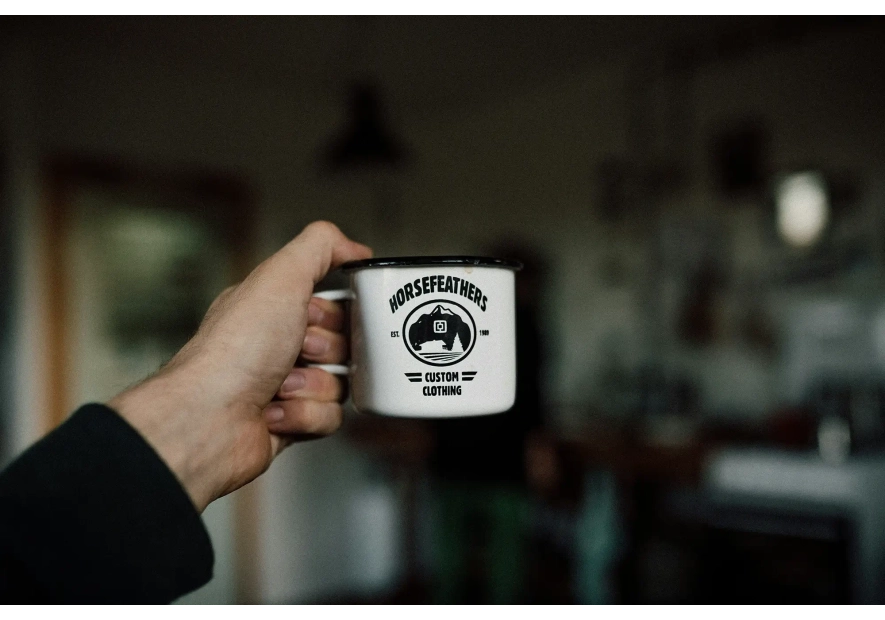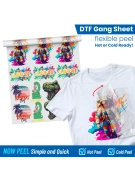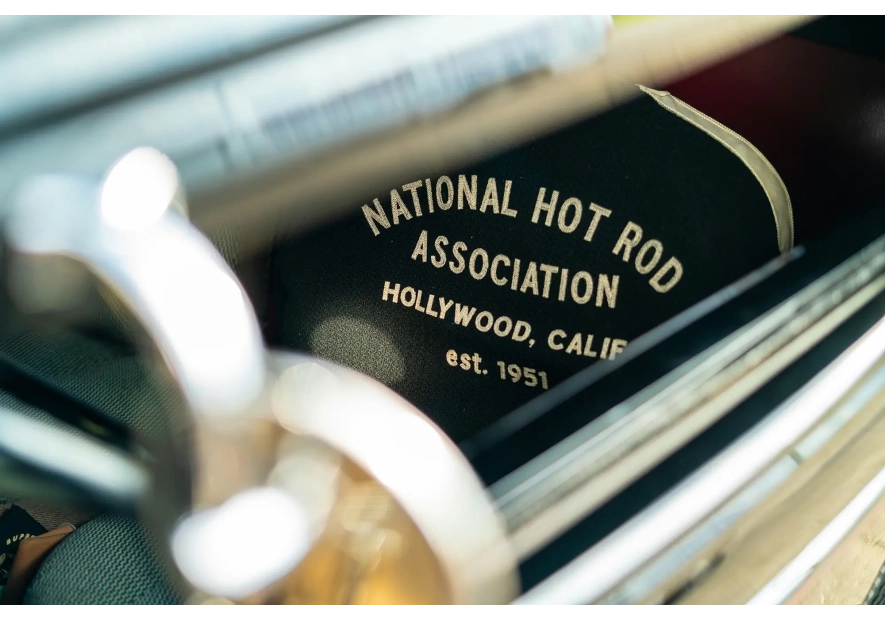Leveraging UV DTF Stickers for High-Quality, Long-Lasting Designs

The average sticker mess looks the same: peeling edges, fading colors, and designs that give up after a few washes or sunny afternoons.
Lots of folks are fed up with stickers that promise durability but deliver disappointment, and that’s what brings us to UV DTF stickers.
This printing tech could be a genuine solution because it makes stickers stick (imagine that!), with vibrant colors and sharp details that last way longer.
If you’ve been burned before by investing in stickers that couldn’t hold up, UV DTF might change your perspective. These stickers use UV curing that locks designs into place instantly and offers unmatched durability.
However, since trusting these stickers is a significant step, stick around (pun intended) and let’s see if you should trust UV DTF stickers for long-lasting designs!
What is UV DTF Printing?
UV + DTF = UV DTF.
UV DTF printing is a hybrid tech that combines two things: direct-to-film technology with UV-curable inks. The process prints full-color designs directly onto a transparent base carrier film, and immediately after printing, you use specialized UV lamps to cure the ink. After the ink is cured, you seal the print with a pressure-sensitive laminating film, which works like a protector and adhesive.
Once that’s done, the sticker is peeled off the film and pressed onto hard surfaces like glass, plastic, metal, or acrylic. And because the ink cures right away during printing, there’s no drying time needed—the sticker is ready to use.
Unlike the standard DTF (Direct-to-Film) printing, UV DTF skips the powder and heat. It sticks using the laminating film, which makes the process much cleaner and faster.
Notably, it’s different from regular UV printing (which prints directly on items and needs everything to be aligned) because UV DTF is printed separately on film. As a result, it can be applied more easily even on curved or uneven surfaces.
The final result of this printing tech is a strong, waterproof, scratch-resistant sticker that’s great for long-lasting labels and high-quality designs.
Benefits of UV DTF Stickers
UV DTF printing takes the best parts of both direct-to-film and UV printing and puts them together into a smart process. Like DTF, it gives detailed and full-color prints with smooth designs. And matching the precision of UV printing, it uses fast-curing inks that are instantly dry and durable.
Based on this tech, here are the reasons to leverage UV DTF stickers for designs where quality and durability are non-negotiable:
Vibrant, Photo-Level Color & Fine Detail
- - UV DTF printing uses CMYK inks along with white to build strong and clear colors.
- - The designs are printed in very high resolution (up to 1,440 dots per inch) and cured instantly with UV light.
- - The instant curing process stops the ink from spreading and keeps even the smallest details sharp.
- - Colors are stable and don’t fade easily, which makes these stickers great for shelf products or items exposed to light.
- - The white ink backing ensures bold, visible results on any background, even black or dark materials.
Glass-Smooth Finish
- - UV DTF stickers don’t have a raised edge like traditional vinyl decals.
- - The laminating layer protects the print and blends into the surface, giving a clean, seamless finish.
- - Stickers withstand thousands of wipes without damage—perfect for bottles, tech, or retail packaging.
- - No powder used = cleaner work environment and faster production workflow.
Sticks Almost Anywhere
- - Comes with pressure-sensitive adhesive that sticks to glass, plastic, metal, wood, leather, and more.
- - No heat needed—safe for heat-sensitive materials.
- - Works well on both flat and curved surfaces: tumblers, toolboxes, cases, car interiors, etc.
- - The ink has flexibility, so it won’t crack as surfaces expand or contract with temperature changes.
- - Perfect for indoor and outdoor use, including exposure to sun, rain, and frequent handling.
No Weeding or Cutting
- - Traditional vinyl requires trimming, weeding, and cutting—time-consuming and error-prone.
- - UV DTF skips all that: Prints design directly onto a clear PET film / Cures the ink / Covers with a laminate
- - Peel and press—done!
- - No need for machines or cleanup, ideal for small businesses or quick runs.
Edge-to-Edge Opacity
- - UV DTF includes a solid white underbase that blocks the item’s background color.
- - Ensures your design remains bold and visible on dark or transparent surfaces.
- - No light show-through or color fade.
- - Crucial for premium packaging, promo goods, and clear glass applications.
- - The cured inks stay locked in—no smudging or bleeding.
Abrasion and Chemical Resistance
- - UV light instantly hardens ink into a durable layer.
- - High resistance to scratches, friction, and handling—ideal for frequently used products.
- - Resists mild cleaners like alcohol wipes or degreasers.
- - Excellent for use in kitchens, workshops, and daily-carry items like bottles or gadgets.
UV Fade-Resistance & Weatherproofing
- - UV DTF inks are stable under long-term UV exposure—colors don’t fade in the sun.
- - Great for cars, signage, tumblers, and outdoor gear.
- - The adhesive backing seals tightly, protecting against moisture and humidity.
- - Withstands heat, cold, and steam—no cracking, bubbling, or fading.
- - One print method works for everything—no need to switch based on environment.
UV DTF Just Makes Sense
UV DTF printing is fast and built for real-world use—no extra steps and no fading.
It’s a solid option for anyone who wants high-quality and long-lasting prints.
At DTF Transfers Now, we’ve got the gear, the inks, and the know-how to help you hit the ground running.
Drop in any design and we’ll turn it into a ready-to-press transfer that sticks and stays!
FAQs
How long do printed UV DTF films stay usable in storage?
When stored flat in sealed bags at room temperature (around 20–25°C) and low humidity (below 50%), UV DTF prints usually stay good for up to six months. Some brands say the prints can last up to a year, but after that, the colors may fade and the adhesive may lose strength.
Do the inks meet food-contact safety rules for drinkware and lunch boxes?
Yes, these inks are safe to use on the outside of drinkware and lunch boxes, not where food touches. If you’re still unsure, some brands offer special inks that meet safety rules like FDA 21 CFR, CPSIA, and California Prop 65—always check for proper safety certificates.
How much hands-on training does a new operator need?
Anyone with experience using a basic DTF printer can usually learn UV DTF in one day. Training covers how to load film, set up print software, adjust UV lamp settings, and clean the machine. After 4–6 hours of practice and a few test runs, most operators can handle the process on their own.





Leave a comment